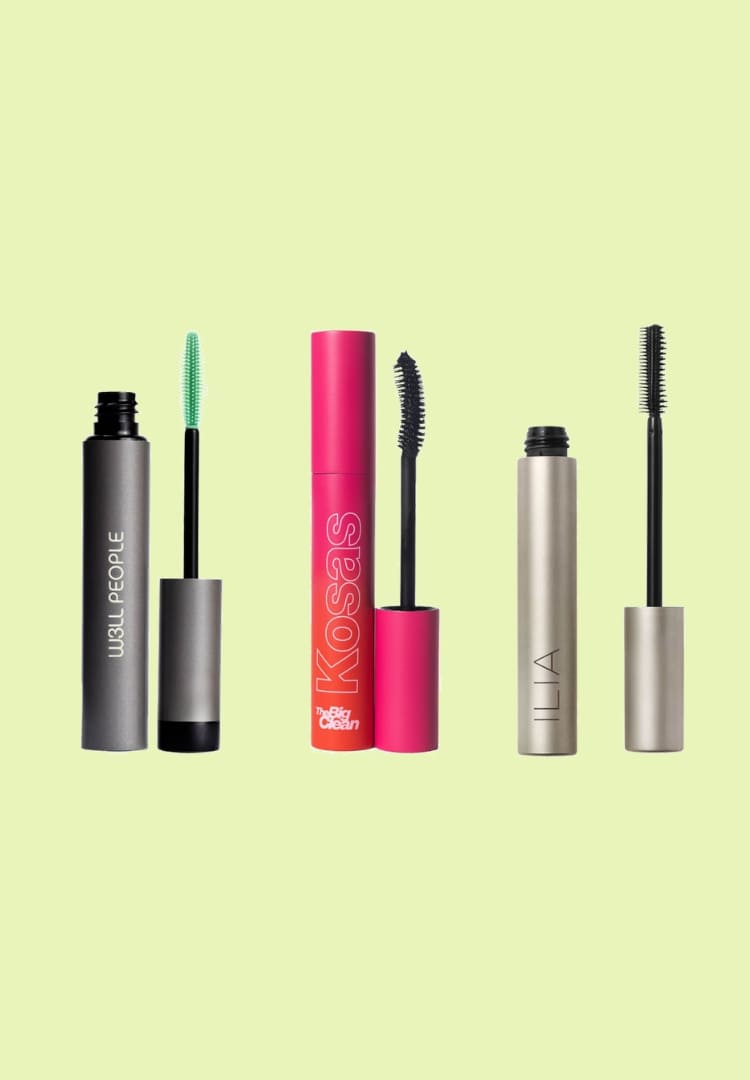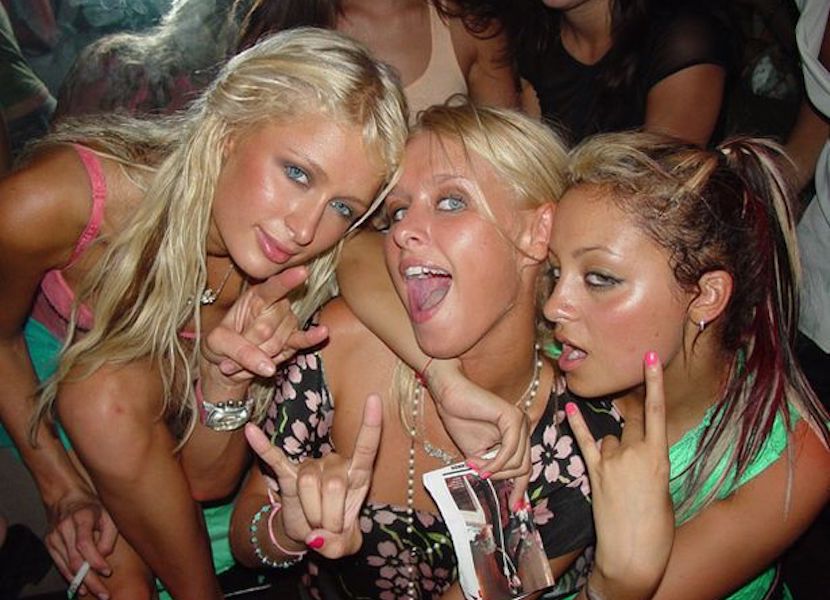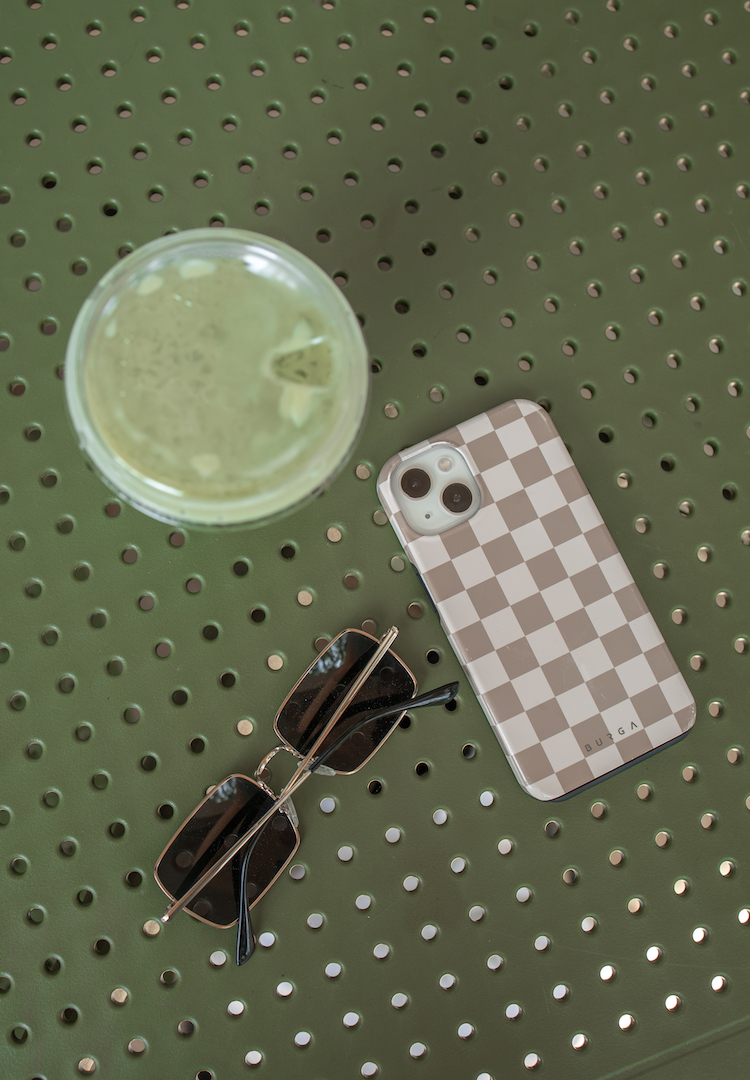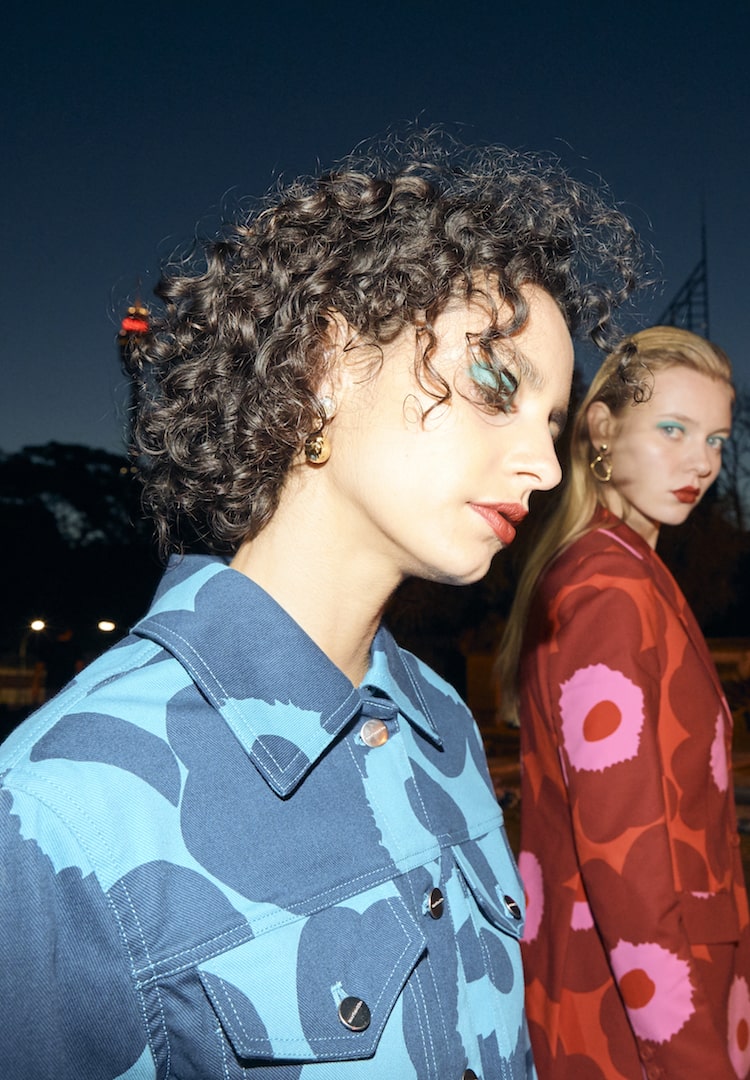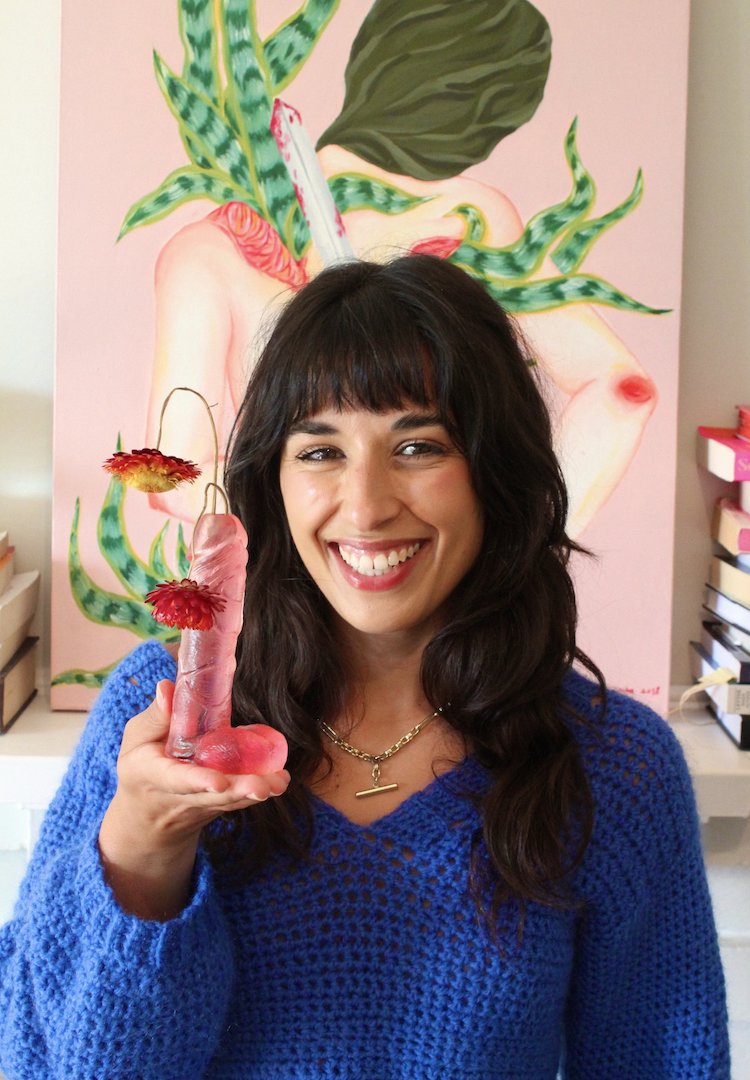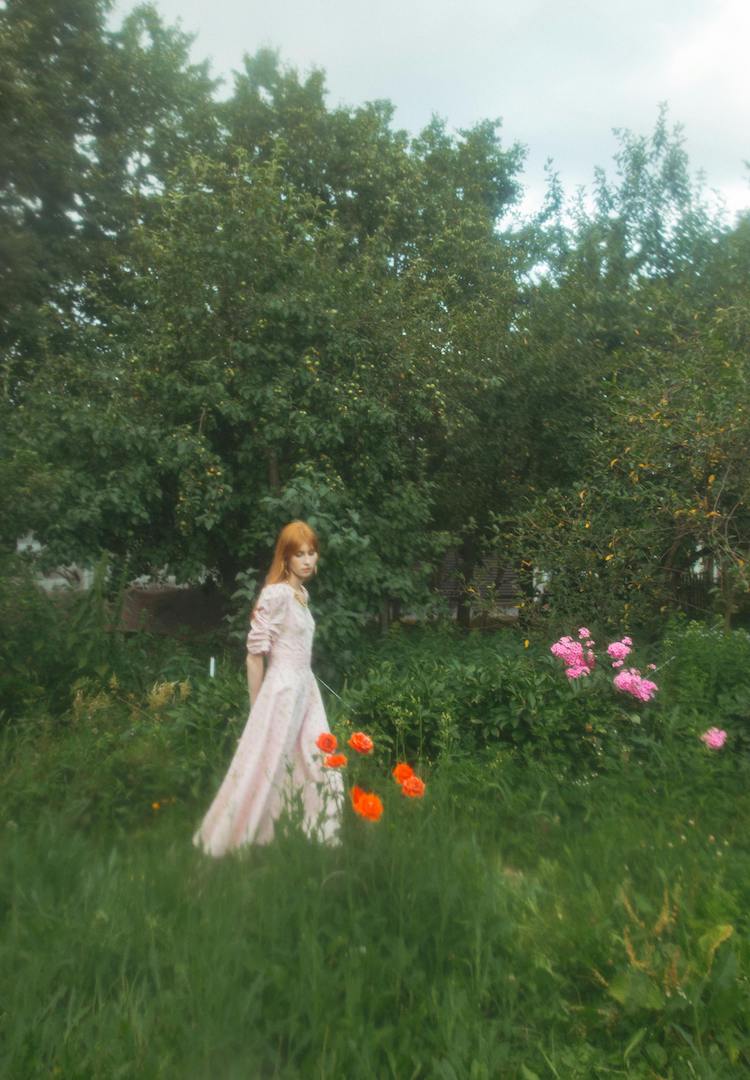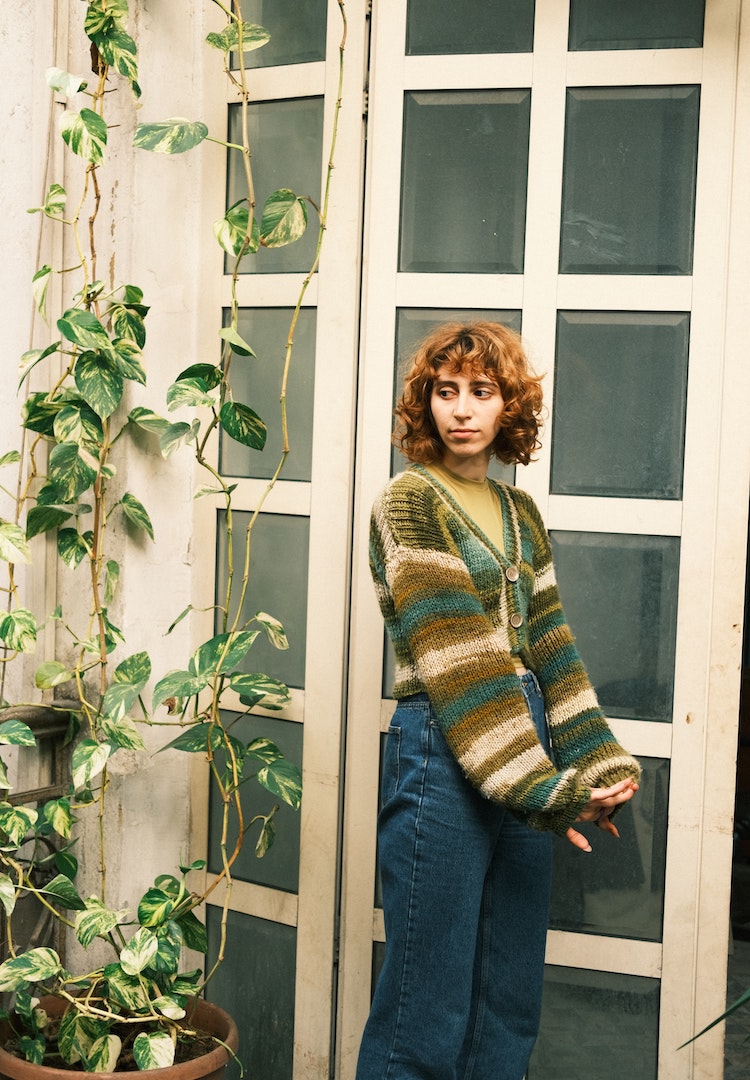I miss the days of embarrassing beauty mistakes
WORDS BY ROSANNA WATTS
I mean, it’s just a rite of passage, isn’t it?
“Why do you wear so much makeup?” This was a question I faced a couple of times in my early high school days. And, not to excuse those often quite obnoxious inquisitors, I could see why someone might have wondered that of me at 13.
My makeup style at the time was rather heavy-handed. But that was only because I didn’t know how else to apply it. I mean, I didn’t really know how to apply makeup at all. The only reassuring thing was that, unlike today, this was true of all makeup-curious 13-year-olds. We were in it together: heavy eyeliner, oxidised foundation, chalky powder and all.
Now that’s a sight you just don’t see anymore. Thanks to the online beauty community and social media, today’s teenagers are skipping out on what was once the integral makeup-initiation-period. That is, squinting at printed makeup tutorials and having to declare “I meant it” anytime your parents mistook your makeup innovations for mishaps.
Yes, I’m aware I probably sound like a parent finishing a sentence with “kids these days”, but I’m willing to go there, because, in true parent-like form, the modern makeup-discovery journey worries me.
Learning makeup was a lot harder before beauty gurus were a thing
These days, makeup beginners can simply key in any question to YouTube and suddenly get all the novice-level tricks and tips you could ever want. For me, it was not a YouTube expert, but my mum who helped me take my first, shaky makeup-wearing steps. And while she’s great at giving advice in other areas of life, I don’t think she’d mind me saying makeup isn’t exactly her forte.
The (probably not that) carefully-curated selection of makeup she gifted me at age 13 included a black eyeliner pencil (scratchier than my colouring-in ones), a powder foundation (that was no doubt later repurposed as a banana shade) and a mascara, which was like something from Spy Kids (the plastic wand was so spiky it could’ve doubled as a purse-sized weapon).
Using that black pencil made it near impossible to achieve anything remotely subtle. And so, I often copied my mum and just did a slapdash line top and bottom. And for a while there, I was clumping my actually naturally quite full set of lashes into a few distinct black spikes. Suffice to say, I did not leave the house suddenly looking like the after shot in a ‘thank god for puberty’ photo. I was still very much the ‘before.’
To figure out how to better use my newly-acquired makeup, like many tweens in the early 2010s, I consulted the pages of iconic Aussie teen magazines, Dolly and Girlfriend. And, occasionally, I Googled for articles and blog posts on things like, ‘how to get Bella Swan’s no-makeup makeup,’ or, ‘makeup for hazel eyes’.
Although nowhere near as useful as video tutorials, these articles did arm with me some handy tips and tricks. But there was still one makeup item that remained somewhat of a mystery to me.
Foundation: the basis of many makeup blunders
It’s no surprise, really, that the one product you paint your whole face with is, for me anyway, the source of so many past makeup mistakes. For context, I’m a fairly-pale skinned gal with freckles. And it’s safe to say, my naturally speckled canvas of pinks, light beige and soft brown totally perplexed my 14-year-old self.
If you’d said the word undertone to me then, I would’ve probably looked completely nonplussed. If you’re also drawing a blank, an undertone is basically the tint underneath your skin’s external colour, and I have far too many school pictures that can attest to just how important undertone is when it comes to finding your shade.
My first foray into the mysterious world of liquid foundation involved simply picking the lightest shade in whichever foundation line caught my eye at Priceline. But, given the poor shade ranges, the ‘lightest’ shades were often positively tan when compared to me and far too yellow-based.
Which meant, and this pains me to admit, that there was once a time I had a two-toned Trump-esque look going on – an uncharacteristically orange tint over most of my face, paired with a tell-tale white scalp and pale eyelids. Yikes.
It’s important to note that progress on improving limited shade ranges in accessibly-priced makeup, like that sold in Priceline, has been shamefully slow. Which means, no matter your makeup knowledge, shopping at the local pharmacy for a foundation that isn’t light-tan to dark-medium is still frustratingly-difficult.
Things were looking up, at last
Things only really took a turn for the better for me when video makeup tutorials surpassed their glossy-page counterparts and Beauty Influencer became an official job title. From about 16 onwards, I finally felt I understood my facial features and knew, for the most part, how to work with them.
I even managed to weather the storm when the online makeup community put elaborate contour and highlighting on the mainstream beauty agenda. There were, of course, a few occasions where chocolate-like smears graced my cheekbones, claiming to be blended contour.
And I admittedly did go through a phase of mixing liquid highlighter into my foundation, hoping the promised ethereal glow would one day magically appear. It didn’t, I just looked glittery. But correcting those mistakes was easier with thousands of tutorials at my fingertips.
One of the best parts of making it through those awkward early teen years is that once it’s over, you get to watch others do the same. When my friends and I finally cracked the makeup code, we looked to our successors to see what the latest makeup faux pas was.
But we never saw any. Instead, young makeup enthusiasts were walking into school sporting foundation that properly matched, brows that were thick and yet defined, and sometimes even false lashes (yep, properly adhered to the lash line). How could this be?
Where did all the makeup faux pas go?
I chalk it up to the online beauty community making everything simpler for today’s makeup newbies. These days, anyone with the internet can access the kind of makeup knowledge that only industry professionals once held.
But we shouldn’t confuse beauty gurus with professional makeup artists – they’re not synonymous. And for many makeup professionals, beauty-guru-derived trends have long-been a source of great horror and amusement.
There’s also another reason the makeup-learning curve has shortened recently – Instagram Face. Instagram Face is that popular makeup look that Instagrammers use to create a filter-like effect for their selfies. Its defining characteristics are naturally flawless skin, pronounced cheekbones, big (false) lashes, plump and impossibly even lips and sultry feline-like eyes.
Sure, having a one-size-fits-all approach can make it easier to get good at doing your makeup right away, but it shifts the focus from being creative and finding your own look, to following a prescribed formula.
This standardised approach can explain why many celebrities, influencers and now teenagers are beginning to look eerily similar, which is problematic for many reasons, not least of all because it further homogenises beauty ideals.
In an article in the US weekly magazine The New Yorker, journalist Jia Tolentino describes Instagram Face as being ethnically ambiguous, meaning its defining features don’t stand out as belonging to one specific ethnic or racial group.
Instagram Face combines several culture-specific beauty ideals and puts them together to create an ultimate, largely unattainable look. In doing so, it further entrenches mainstream media’s inability to celebrate beauty in all its diverse and unique forms. Plus, we can’t overlook the role it’s played in perpetuating the issues of cultural appropriation and Black Fishing.
Social media has actually given us an unprecedented amount of say in what mainstream beauty culture and media idealises. So, wouldn’t it be better if we used it to encourage mainstream makeup culture to finally embrace beauty in all its forms? I’d certainly say so, and I wouldn’t be alone. In fact, many influencers are already using their socials to challenge outdated and problematic beauty ideals, and I couldn’t be more grateful for it.
While I might sometimes envy teenagers today for their unlimited access to beauty knowledge, I honestly wouldn’t change a thing about my own makeup-discovery journey. It taught me that makeup should be about learning the specifics of your unique features and creating signature looks that accentuate them.
Sure, you’re guaranteed to make some, or, in my case, many mistakes. But if it means we get to celebrate (and preserve) the beauty that is our uniqueness, then I believe it’s entirely worth it.

